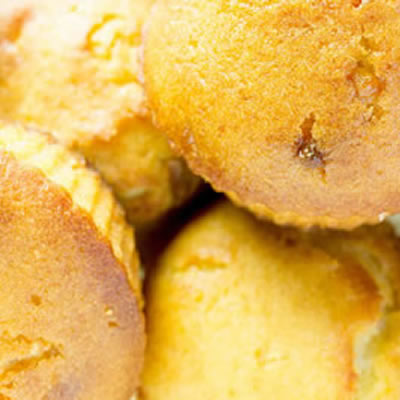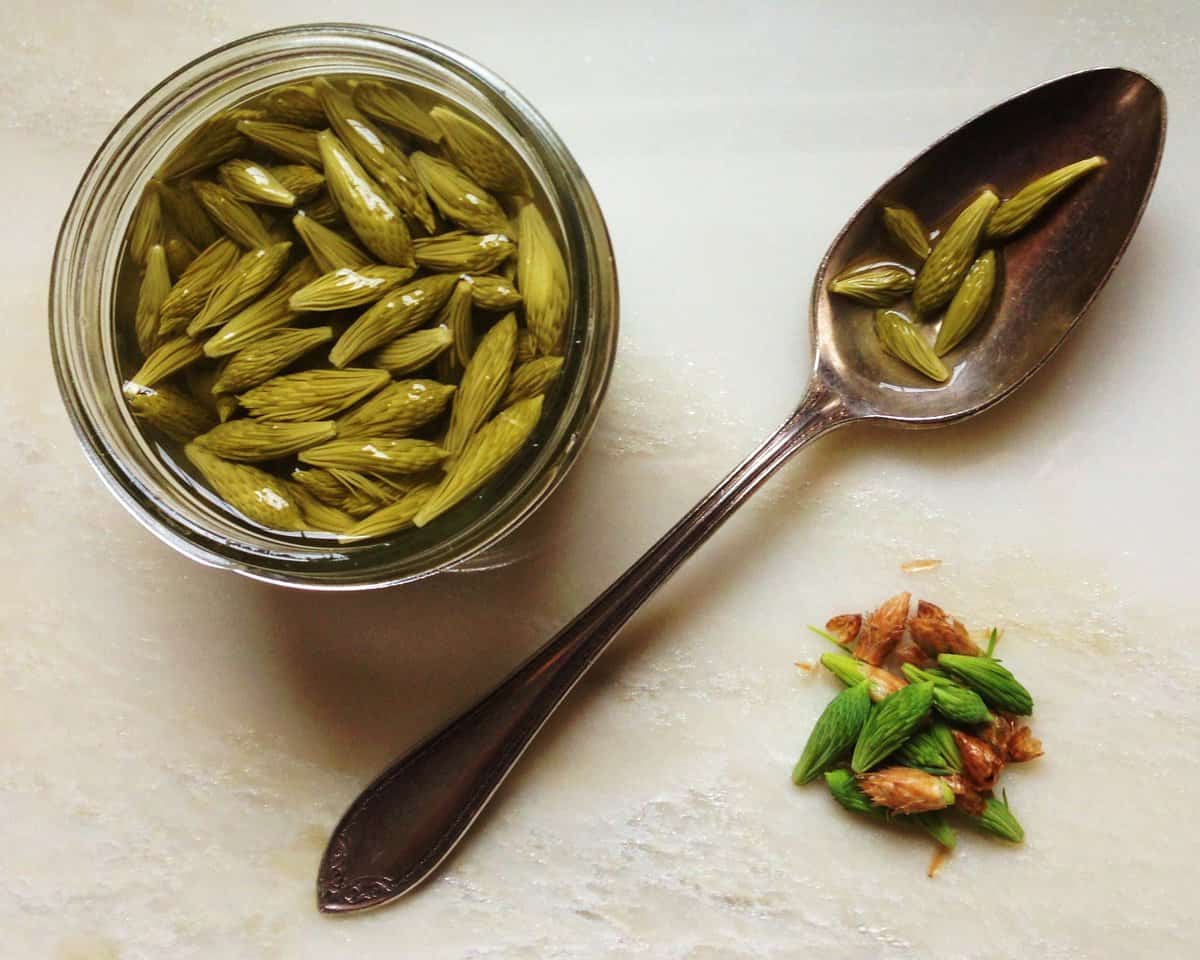Maybe you have read about how it's possible to make a tea from pine bark (the phloem) if you were ever stranded in the Boreal forest in winter and at risk of starving.
-
Maybe you have read about how it's possible to make a tea from pine bark (the phloem) if you were ever stranded in the Boreal forest in winter and at risk of starving. It's also possible to make bread, but I've never seen someone do it. Here is how it works!
Wooden bread??
(Why should a NYC person worry about "what to do when stranded in the Boreal forest" -- that ominous forest occupies a huge part of my imagination for reasons I can't explain. )
She uses it to thicken and fiber up the flour. Which if you were short on flour and low on vitamins would make a big difference in hard times.
I'm curious what a cracker make ONLY of pine would taste like... not good I suspect. The tea, which I've had, is nice. A bit astringent, and ever so vaguely sweet. Very energizing somehow.
-
@futurebird The forest came for Macbeth, it can come for any of us
I like trees, but there is a such thing as having too many of them around to be comfortable.
-
You need logs anyway to stay warm. So it's not that odd.
@futurebird rough calc:
1mm thick x 3" diam x pi x 24" long = 240"sq xmm x24x24 mm^2/in^
call it
15,000 cubic mm =15 ccs per log how concentrated a food is it?i feel like we've done this calcuation years ago...that's weird.
-
Maybe you have read about how it's possible to make a tea from pine bark (the phloem) if you were ever stranded in the Boreal forest in winter and at risk of starving. It's also possible to make bread, but I've never seen someone do it. Here is how it works!
Wooden bread??
(Why should a NYC person worry about "what to do when stranded in the Boreal forest" -- that ominous forest occupies a huge part of my imagination for reasons I can't explain. )
I have heard of people making bread out of flour cut with dried & ground reindeer moss lichen.
But I have not tried it myself.
-
I have heard of people making bread out of flour cut with dried & ground reindeer moss lichen.
But I have not tried it myself.
Sounds rather grim. Which just makes me more curious what it was like.
-
She uses it to thicken and fiber up the flour. Which if you were short on flour and low on vitamins would make a big difference in hard times.
I'm curious what a cracker make ONLY of pine would taste like... not good I suspect. The tea, which I've had, is nice. A bit astringent, and ever so vaguely sweet. Very energizing somehow.
@futurebird Powdered cellulose used as an insoluble fiber filler in some reduced-calorie breads is the contemporary version. Now they add vitamins but deliberately strip out calories with what was likely wood pulp. Many of us have eaten this stuff and not known it was wood including pine.
But now we know that cellulose used as filler, anti-caking additive, and as an emulsifier in commercially-prepared foods damages gut flora thereby causing health problems.

Cellulose Fiber | Baking Ingredients | BAKERpedia
Cellulose is commonly used in foods and bakery formulations as a source of dietary fiber or to improve their texture, usually used at less than 2% It is also used as a bulking agent in low-calorie and gluten-free baked products.

BAKERpedia (bakerpedia.com)
-
@futurebird Powdered cellulose used as an insoluble fiber filler in some reduced-calorie breads is the contemporary version. Now they add vitamins but deliberately strip out calories with what was likely wood pulp. Many of us have eaten this stuff and not known it was wood including pine.
But now we know that cellulose used as filler, anti-caking additive, and as an emulsifier in commercially-prepared foods damages gut flora thereby causing health problems.

Cellulose Fiber | Baking Ingredients | BAKERpedia
Cellulose is commonly used in foods and bakery formulations as a source of dietary fiber or to improve their texture, usually used at less than 2% It is also used as a bulking agent in low-calorie and gluten-free baked products.

BAKERpedia (bakerpedia.com)
@futurebird There are quite a number of uses for pine in foods across different cultures.
Examples at Serious Eats:
https://www.seriouseats.com/foraged-flavor-all-about-pineBut pine as a source of cellulose is pretty iffy for human consumption.
https://microbiomejournal.biomedcentral.com/articles/10.1186/s40168-020-00996-6
-
 F myrmepropagandist shared this topic
F myrmepropagandist shared this topic
-
She uses it to thicken and fiber up the flour. Which if you were short on flour and low on vitamins would make a big difference in hard times.
I'm curious what a cracker make ONLY of pine would taste like... not good I suspect. The tea, which I've had, is nice. A bit astringent, and ever so vaguely sweet. Very energizing somehow.
@futurebird
I’ve wanted to try making these pickled fir/spruce tip pickles.
Spruce/Fir Tip Pickles
Spruce tips. The Scandinavians have always loved them. The season for these is really short, so when you can find them, grab a bunch and give em a go.

Forager | Chef (foragerchef.com)
I have picked fresh shoots (in season now!) to taste them and they are very acid/citrusy and would make a great substitute for lemon flavor.
-
She uses it to thicken and fiber up the flour. Which if you were short on flour and low on vitamins would make a big difference in hard times.
I'm curious what a cracker make ONLY of pine would taste like... not good I suspect. The tea, which I've had, is nice. A bit astringent, and ever so vaguely sweet. Very energizing somehow.
@futurebird made me think of this guy on youtube who makes food with various woods, and has experimented with how much sawdust you can put in bread before it's unpleasant to eat; i'll try to find him
-
@futurebird made me think of this guy on youtube who makes food with various woods, and has experimented with how much sawdust you can put in bread before it's unpleasant to eat; i'll try to find him
@futurebird here we are! different amounts and different woods